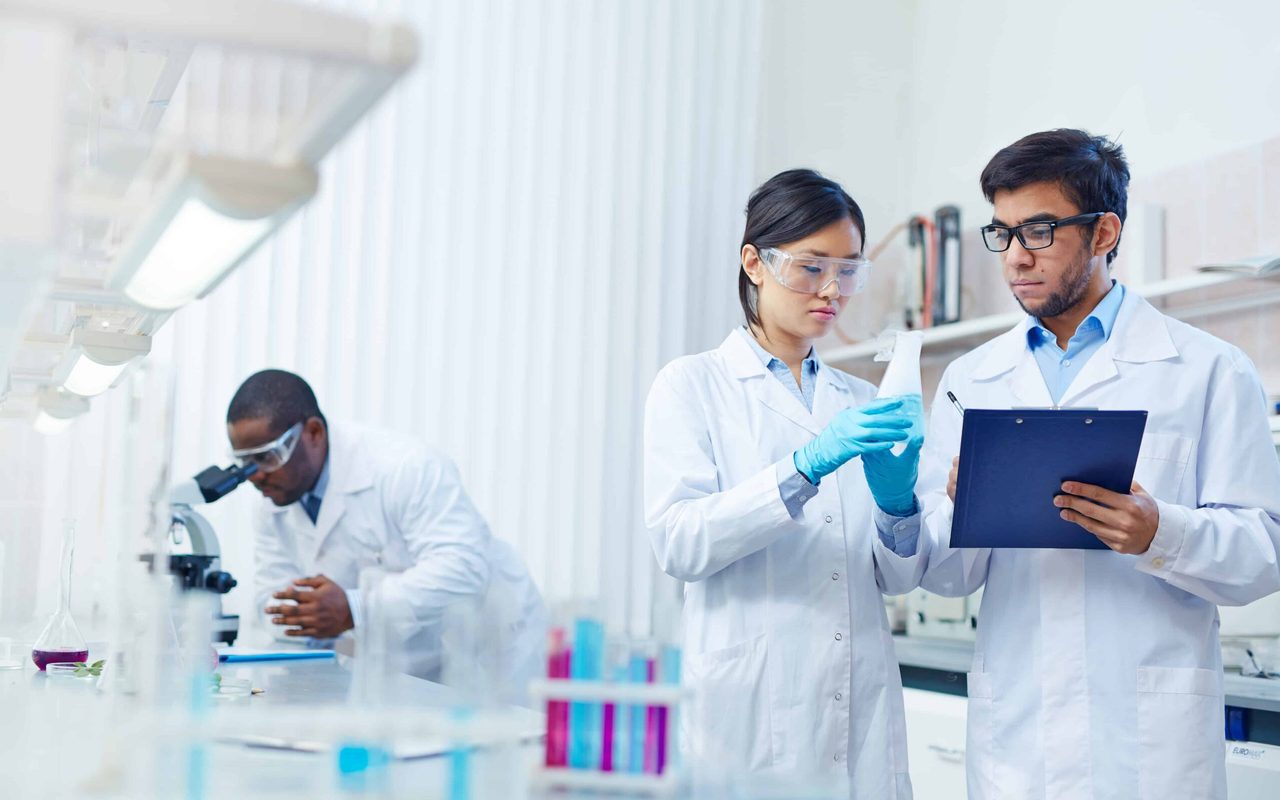Commercialising the success of British genomics will rely on infrastructure
If the UK is to become a "scientific superpower", ministers must harness the power of industries it already leads the world in.

Britain is a brand synonymous with cultivating and commercialising next-generation industries. The country’s industrialists revolutionised areas like manufacturing, communication and transportation through innovations such as the steam engine (for pumps, factories and railway locomotives), textile equipment, tool-making, the Telegraph, and pioneered the railway system.
Now the country is on the cusp of a fourth industrial revolution – one that will be powered by science and technology – but to achieve this milestone, the physical infrastructure must be in place to realise the potential of British R&D as Bidwells and Life Sciences REIT warn in a new report.
Britain is a genuine world leader in the fields of cell and gene therapy. Science from these shores was central to the original understanding of the DNA double helix. The eureka moment was at the Eagle pub in Cambridge, based on painstaking work by Rosalind Franklin at Kings’ London, who should have shared the Nobel Prize.
Breaking the health barrier
The best economic investment that Britain can make over this parliament and the next is to sequence the genomes of the entire population, becoming the first major country in the world to break the health barrier. By doing so, British government and industry would open the way for precision medicine that could slash the long-term costs of the NHS and reverse the trajectory of an overwhelmed service.
The scale of Britain’s success in fields like population genomics are found within the hard numbers – thanks to pioneering solutions, the cost of sequencing a whole genome has dropped from $100m in 2001 to just $400 today. This has allowed scientists to research and develop medicines far cheaper, helping to deal with the problems that arise from the UK’s ageing population.
If the UK is to truly become a “scientific superpower”, ministers must focus on harnessing the power of the industries that we are already world leaders in. That requires funding, but also physical infrastructure.
While the work-from-home movement has transformed hundreds of sectors, scientists cannot undertake cutting-edge research from their kitchen tables
While the work-from-home movement has transformed hundreds of sectors, scientists cannot undertake cutting-edge research from their kitchen tables. Therefore, purpose-built lab space in the right locations is vital if life changing medicines are to be developed and commercialised.
In the Oxford-Cambridge Arc, a region where UK life sciences has a critical mass and is home to giant like Illumina and AstraZeneca, cell and gene therapy companies account for most of lab take-up. Take Oxford, the birthplace of the AstraZeneca-Oxford vaccine, as an example: here, cell and gene therapy companies accounted for 67% of take-up. In Cambridge, the proportion is even higher at 71%.
The problem is that we can’t build much-needed lab space fast enough. In fact, availability rates in Oxford and Cambridge are at near-zero. In Cambridge, there is demand for over 1m sq ft of lab space; just 10,000 sq ft is available. In Oxford, there are requirements for 875,000 sq ft, despite just 25,000 sq ft being available to let.
That’s not to say that projects are not coming online, though. Bidwells’ project management group is part of a team collaborating with Harwell Campus and global vaccine producer Moderna to deliver a state-of-the-art research, development and manufacturing centre at the Oxfordshire health tech cluster.
Ability to respond
Moderna’s Innovation and Technology Centre (MITC) will be able to scale up production rapidly in the event of a health emergency, significantly boosting the UK’s ability to respond to future pandemics. The MITC development will be made up of two buildings totalling 145,000 sq ft which will offer UK patients guaranteed access to Moderna’s Covid-19 vaccine and the ability to produce jabs targeting a range of other illnesses, such as flu and respiratory syncytial virus (RSV), ensuring NHS patients can access the latest advancements in vaccine technology quickly.
The common refrain from the UK life science industry is that the current state of play, with world-class universities but second-rate government investment, means the UK is great for producing start-ups but bad for generating science or tech giants in the way the US does. A lack of physical infrastructure is severely hampering the growth ambitions of the unicorns of tomorrow.
Liberalisation of the planning system, which continues to lock out promising
start-ups and scale-ups from the market, will be vital.
As first appeared in React News
Get in touch

Max Bryan
Partner, Head of Laboratory & Office AgencyLife Sciences 2030

We are witnessing an evolution of the life science sector both in the UK and internationally. Not only is the sector expanding rapidly but scientific developments are facilitating new techniques and product outputs.
